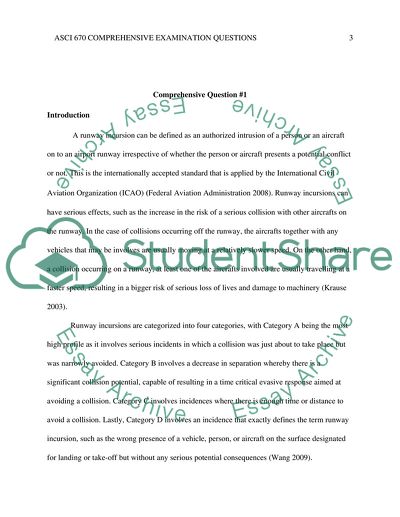Cite this document
(Comprehensive Examination Questions Research Paper, n.d.)
Comprehensive Examination Questions Research Paper. Retrieved from https://studentshare.org/education/1777880-comprehensive-examination-questions
Comprehensive Examination Questions Research Paper. Retrieved from https://studentshare.org/education/1777880-comprehensive-examination-questions
(Comprehensive Examination Questions Research Paper)
Comprehensive Examination Questions Research Paper. https://studentshare.org/education/1777880-comprehensive-examination-questions.
Comprehensive Examination Questions Research Paper. https://studentshare.org/education/1777880-comprehensive-examination-questions.
“Comprehensive Examination Questions Research Paper”, n.d. https://studentshare.org/education/1777880-comprehensive-examination-questions.


